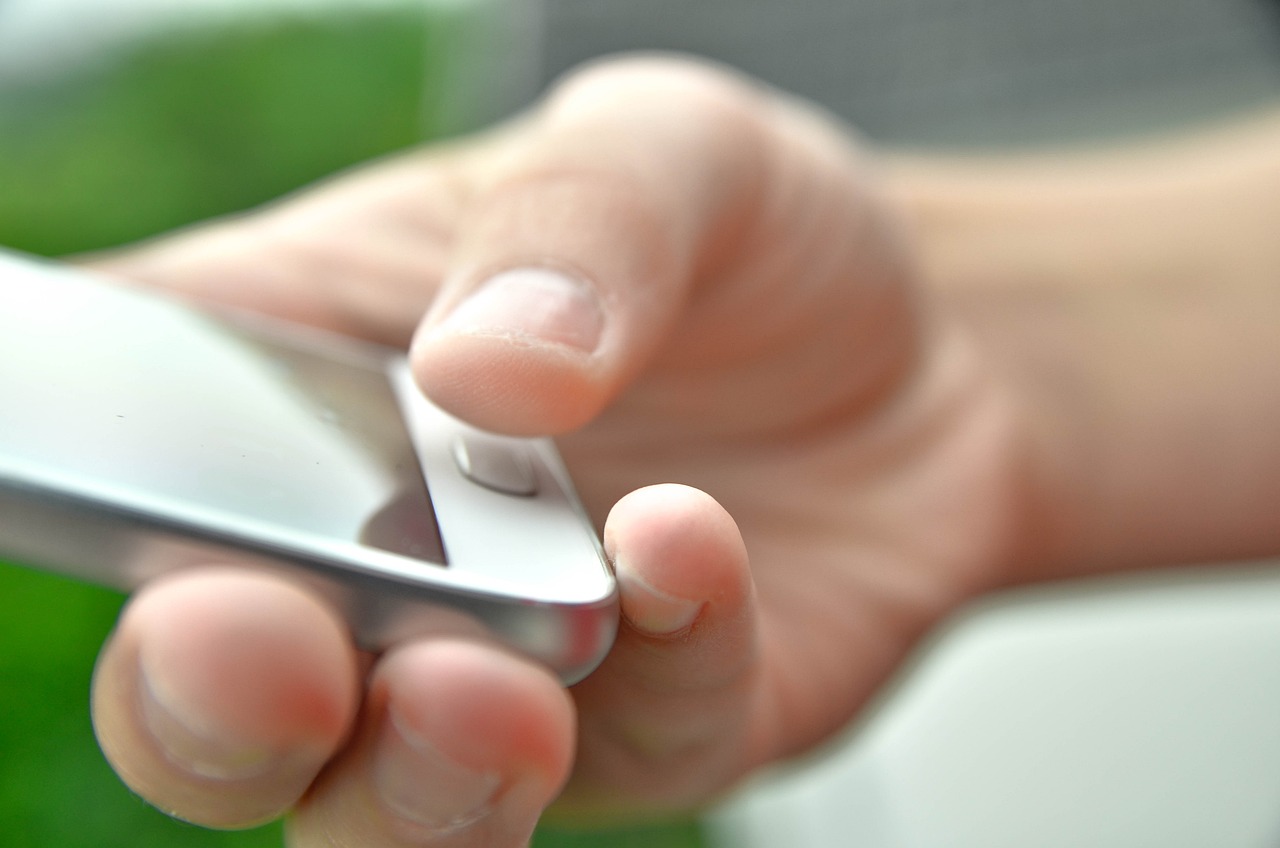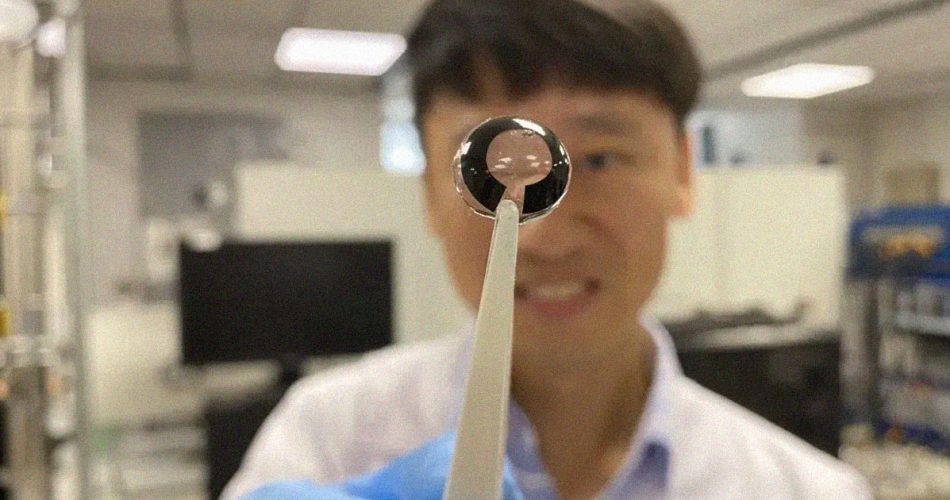

Researchers in Singapore Develop Micrometer-Thin Battery Powered by Tears
A team of researchers in Singapore has made a breakthrough in the development of smart contact lenses by creating a tiny, micrometer-thin battery that can store energy from human tears. This innovation could potentially eliminate the need for external power sources and make smart contact lenses more practical and convenient.
Smart contact lenses have the potential to provide turn-based directions, display notifications, and present other easily accessible information without the need for bulky smart glasses. However, the challenge lies in finding a suitable power source for these miniature devices.
Traditionally, smart contact lenses have required a wired connection to an external power source, which is impractical and limits their functionality. To address this issue, the researchers explored the possibility of using tears to recharge contact lens batteries.
“This research began with a simple question: could contact lens batteries be recharged with our tears?” said Lee Seok Woo, lead author of a new paper published in the journal Nano Energy and associate professor at Nanyang Technological University (NTU) in Singapore.
An Environmentally Friendly Solution
The newly developed battery relies on glucose and water to generate electricity, making it safe for humans and less harmful to the environment compared to conventional batteries. The battery is constructed using biocompatible materials and features a glucose-based coating that reacts with sodium and chloride ions found in tears to produce electricity.
In an experiment using a simulated eye, the battery generated a current of 45 microamperes with a maximum output of 201 microwatts, which is sufficient to power a smart contact lens.
This innovative solution eliminates the need for bulky wireless charging systems. “By combining the battery and biofuel cell into a single component, the battery can charge itself without the need for additional space for wired or wireless components,” explained coauthor Li Zongkang, a PhD student at NTU.
While the technology is still in its early stages and has limitations, such as being able to be charged and discharged only 200 times, the research team is already collaborating with contact lens companies to bring this technology to market.
Read More: Startup Shows Off Working AR Contact Lens You Can Actually Wear

